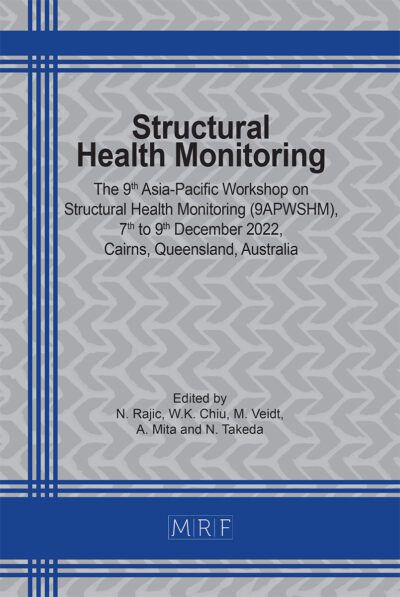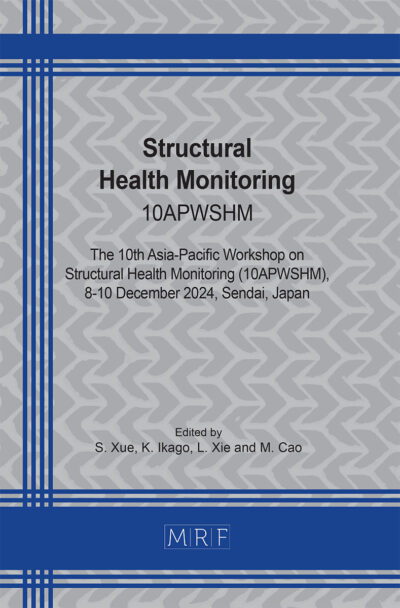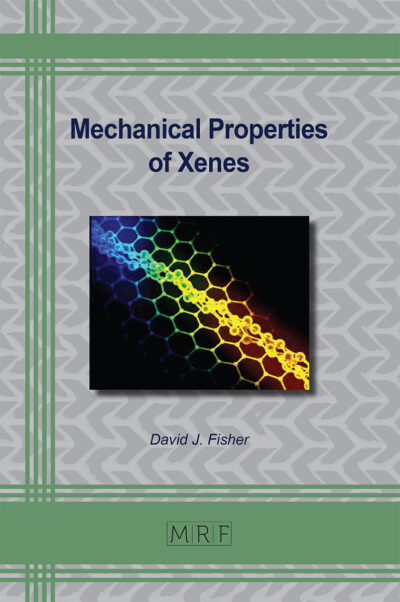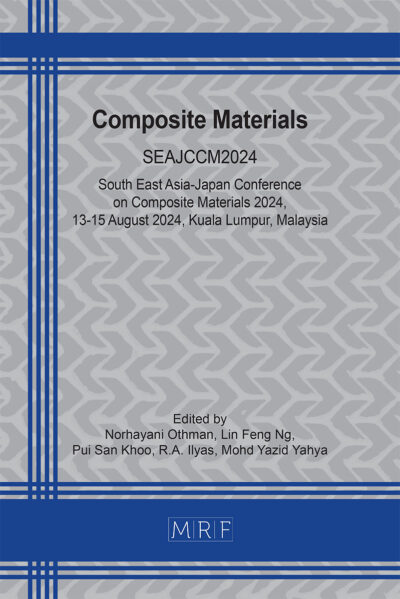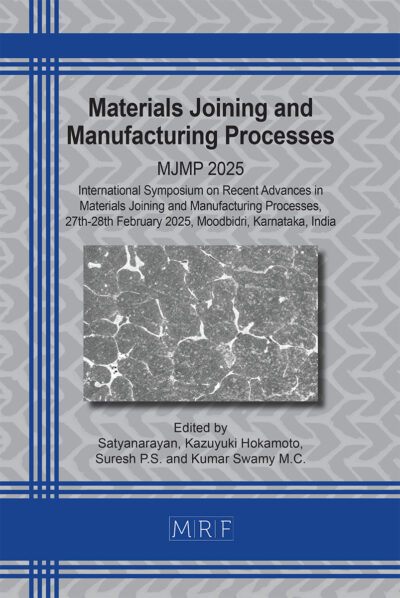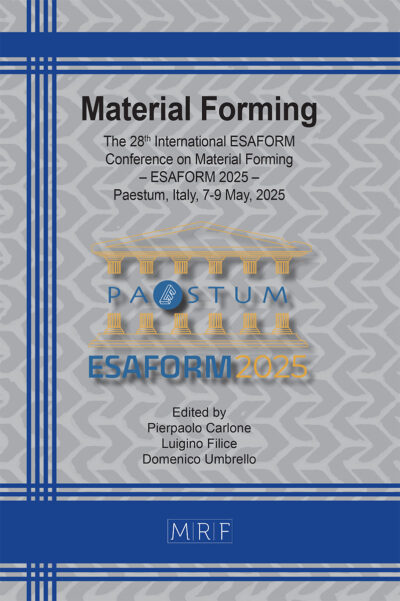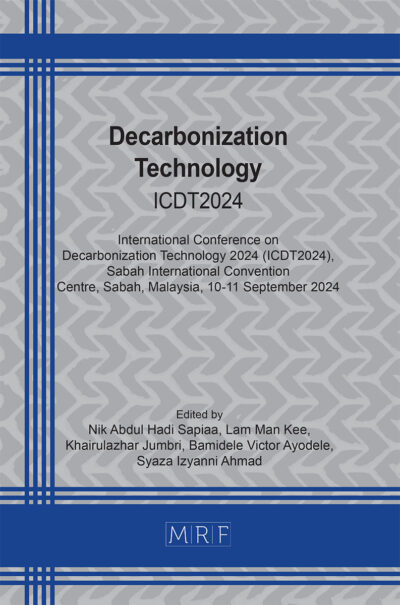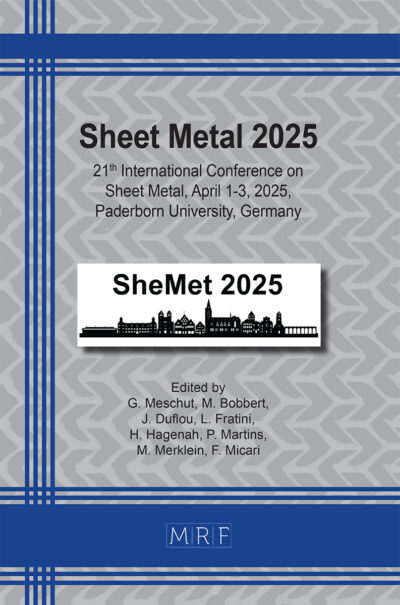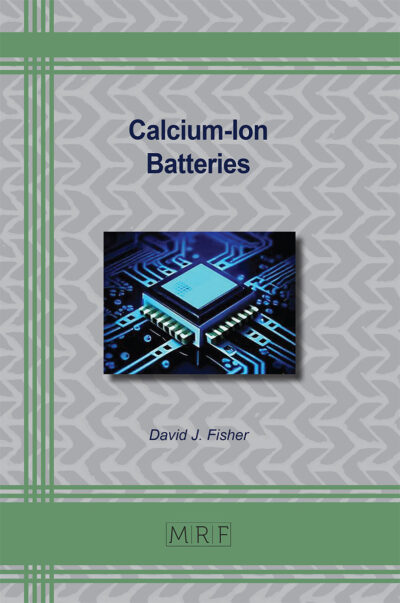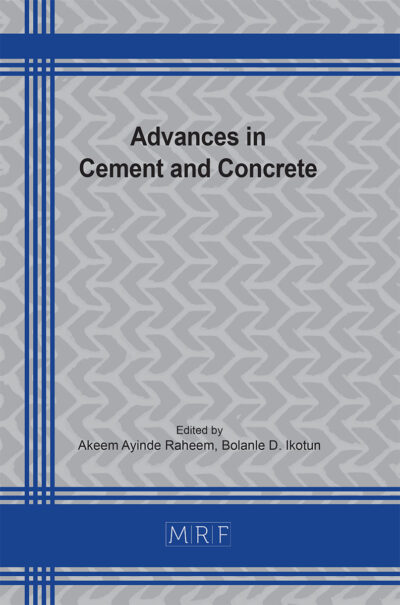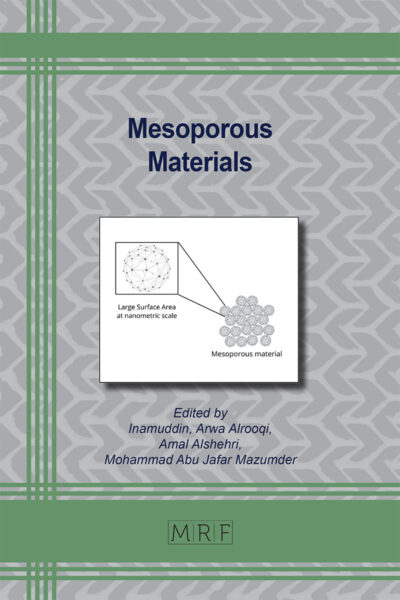Feature extraction method of stone curtain wall panels based on multi-source data
ZHUO Xiuqi, LU Wensheng, LI Zhiyu, WANG Shiteng, HUANG Jie
Abstract. Various and diverse stone curtain walls serve as typical building facades in civil buildings, which were mainly composed of stone panels and supporting frames, have been widely used in various civil buildings around the world. During long-term service life, stone curtain wall might be subjected to earthquakes, strong winds, environmental changes and other effects, resulting in performance degradation. At present, the monitoring and sensing methods of stone curtain wall panel’s safety and function states are always restricted at application level, and some safety hazards and functional degradation are hardly predicted with efficiency and accuracy, probably resulting in damage accidents, economic losses and negative social impacts during service time. In this paper, multi-source data were achieved through multiple monitoring means, characteristic parameters of mechanical and modeling dimensions were extracted, and the safety and functional performance evaluation of stone panels were investigated. Firstly, vibration signal data were collected by installing acceleration sensors on the curtain wall panel and supporting frame, and image data were analyzed by taking photos with high-definition cameras and drones. Then, the natural vibration frequency and crack length of the mechanical dimension, as well as the crack area and stain area of the molding dimension were extracted and analyzed. Finally, based on the monitoring data, the feature parameters in three dimensions were extracted to evaluate the safety and functional performance of stone panels. The safety and functional performance evaluation method based on multi-source data of stone curtain wall panel is more comprehensive and reliable than traditional methods, which can provide an innovation approach to evaluate and ensure the functional and safety performances of stone curtain wall.
Keywords
Stone Curtain Wall Panel, Multi-Source Data, Feature Parameter, Feature Extraction, Performance Evaluation
Published online 3/25/2025, 8 pages
Copyright © 2025 by the author(s)
Published under license by Materials Research Forum LLC., Millersville PA, USA
Citation: ZHUO Xiuqi, LU Wensheng, LI Zhiyu, WANG Shiteng, HUANG Jie, Feature extraction method of stone curtain wall panels based on multi-source data, Materials Research Proceedings, Vol. 50, pp 90-97, 2025
DOI: https://doi.org/10.21741/9781644903513-10
The article was published as article 10 of the book Structural Health Monitoring
![]() Content from this work may be used under the terms of the Creative Commons Attribution 3.0 license. Any further distribution of this work must maintain attribution to the author(s) and the title of the work, journal citation and DOI.
Content from this work may be used under the terms of the Creative Commons Attribution 3.0 license. Any further distribution of this work must maintain attribution to the author(s) and the title of the work, journal citation and DOI.
References
[1] Standardization Administration of China. Curtain wall for building: GB/T21086-2007 [S]. Beijing: Standards Press of China, 2008. (in Chinese)
[2] HUANG Baofeng, LU Wensheng, CAO Wenqing. Discussion on safety assessment of existing architectural curtain walls[J]. Structural Engineers,2006,22(03):76-79. (in Chinese)
[3] LIAO Lei, YIN Peng, FAN Yuan, et al. Mechanical Model and testing verification of the pull-out mechanism of the backbolt joints of stone panels[J]. Structural Engineers, 2022, 38(03): 110-116. (in Chinese)
[4] ZHU Qiankun, LIU Kaifang, RUI Jia, et al. Influence of curtain wall on vibration mode of cantilevered floor and equivalent simulation method[J]. Journal of Vibration, Measurement & Diagnosis, 2021,41(06): 1190-1198+1242. (in Chinese)
[5] BAO Yiwang, ZHENG Dezhi, LIU Xiaogen, et al. Rapid safety performance of stone curtain wall with laser vibration frequency method[J]. Journal of Shenyang University of Technology, 2021, 43(05): 595-600. (in Chinese)
[6] SHI Luning, YAN Weiming, HE Haoxiang, et al. Sensitivity of Natural Frequency and Dynamic Characteristics of the Beam with Open Cracks to Crack Parameters. Journal of Vibration, Measurement & Diagnosis, 2016, 36(05): 881-889+1022. (in Chinese)
[7] BEDON C, AMADIO C. Numerical assessment of vibration control systems for multi-hazard design and mitigation of glass curtain walls[J]. Journal of Building Engineering, 2018, 15: 1-13. https://doi.org/10.1016/j.jobe.2017.11.004
[8] Li H, Yang B, Li Z, et al. Wind-induced response monitoring and study of monolayer cable net [C]//Proceedings of IASS Annual Symposia. International Association for Shell and Spatial Structures (IASS), 2014, 2014(20): 1-6.
[9] Lee J, Hong J, Park G, et al. Contaminated Facade Identification Using Convolutional Neural Network and Image Processing [J]. IEEE Access, 2020, 8: 180010-180021. https://doi.org/10.1109/ACCESS.2020.3027839
[10] DONG D, MA C, WANG M, et al. A low-cost framework for the recognition of human motion gait phases and patterns based on multi-source perception fusion[J]. Engineering Applications of Artificial Intelligence, 2023, 120: 105886. https://doi.org/10.1016/j.engappai.2023.105886
[11] Shanghai, Engineering Construction Specification. Technical standard for curtain wall engineering: DG/TJ 08-56-2019 [S]. Shanghai, 2009. (in Chinese)
[12] Ministry of Construction of the People’s Republic of China. Technical code for metal and stone curtain walls engineering: JGJ 133-2001 [S]. Beijing: China Architecture and Building Press, 2001. (in Chinese)
[13] HUANG Zhide. Study on safety-state evaluation model of building curtain wall and remote detection method[D]. University of Science and Technology Beijing,2019. (in Chinese)
[14] WANG Qin, LI Zhili. Application of dynamic method in safety detection of existing stone curtain wall [J]. Sichuan Building Science, 2023, 49(01): 56-61. (in Chinese)
[15] KIRILLOV A, MINTUN E, RAVI N, et al. Segment anything[C]//2023 Proceedings of the IEEE/CVF International Conference on Computer Vision (ICCV), 2023: 4015-4026. https://doi.org/10.1109/ICCV51070.2023.00371
[16] WENG W, ZHU X. INet: convolutional networks for biomedical image segmentation[J]. Ieee Access, 2021, 9: 16591-16603. https://doi.org/10.1109/ACCESS.2021.3053408
[17] JIANG P, ERGU D, LIU F, et al. A Review of Yolo algorithm developments[J]. Procedia Computer Science, 2022, 199: 1066-1073. https://doi.org/10.1016/j.procs.2022.01.135
[18] NARAYAN B, MURTHY C, PAL S. Maxdiff kd-trees for data condensation[J]. Pattern recognition letters, 2006, 27(3): 187-200. https://doi.org/10.1016/j.patrec.2005.08.015


